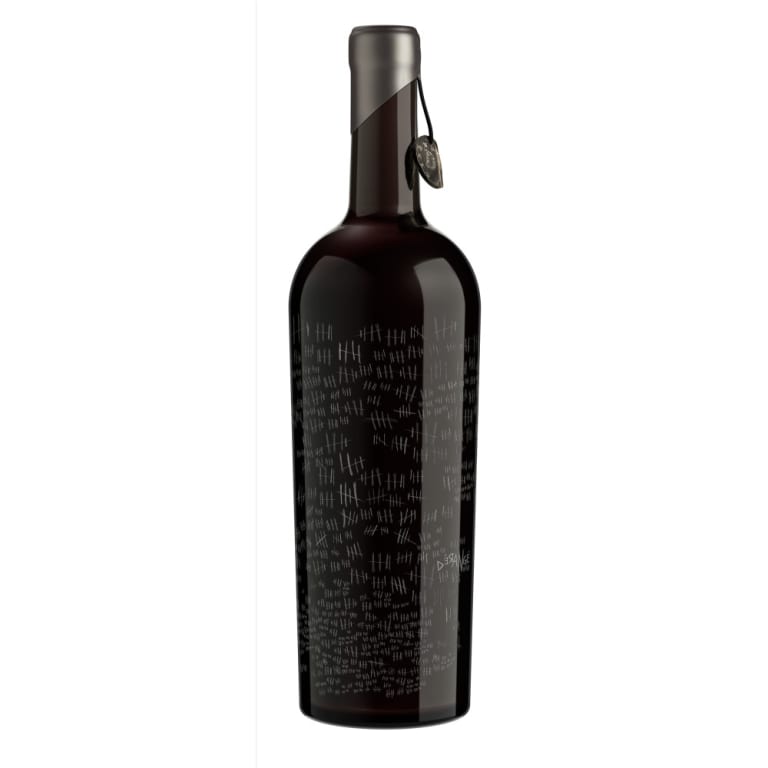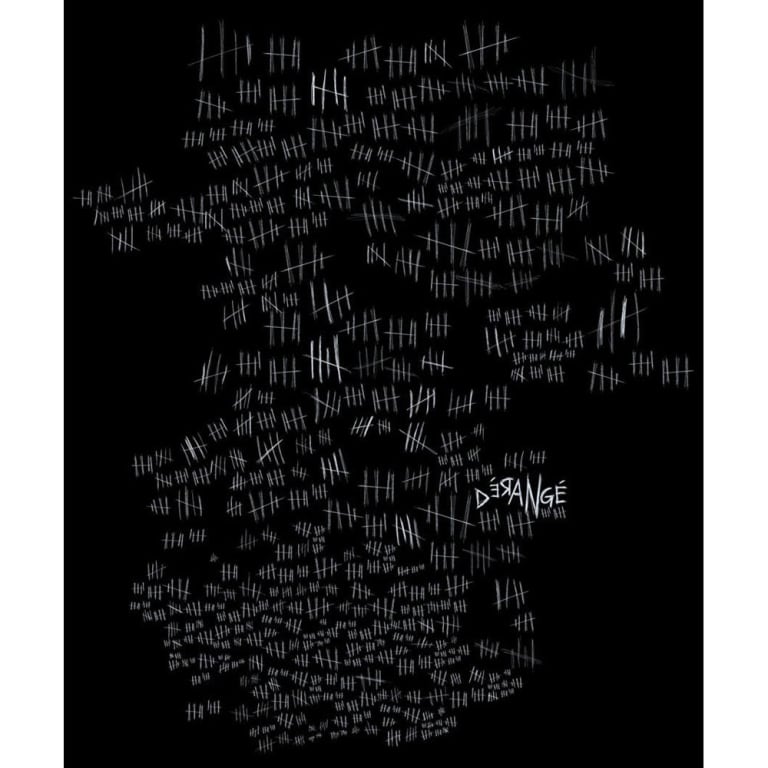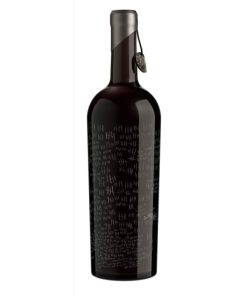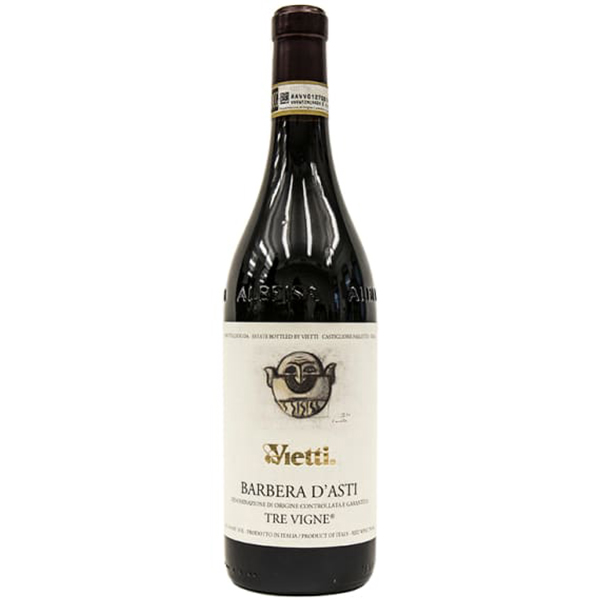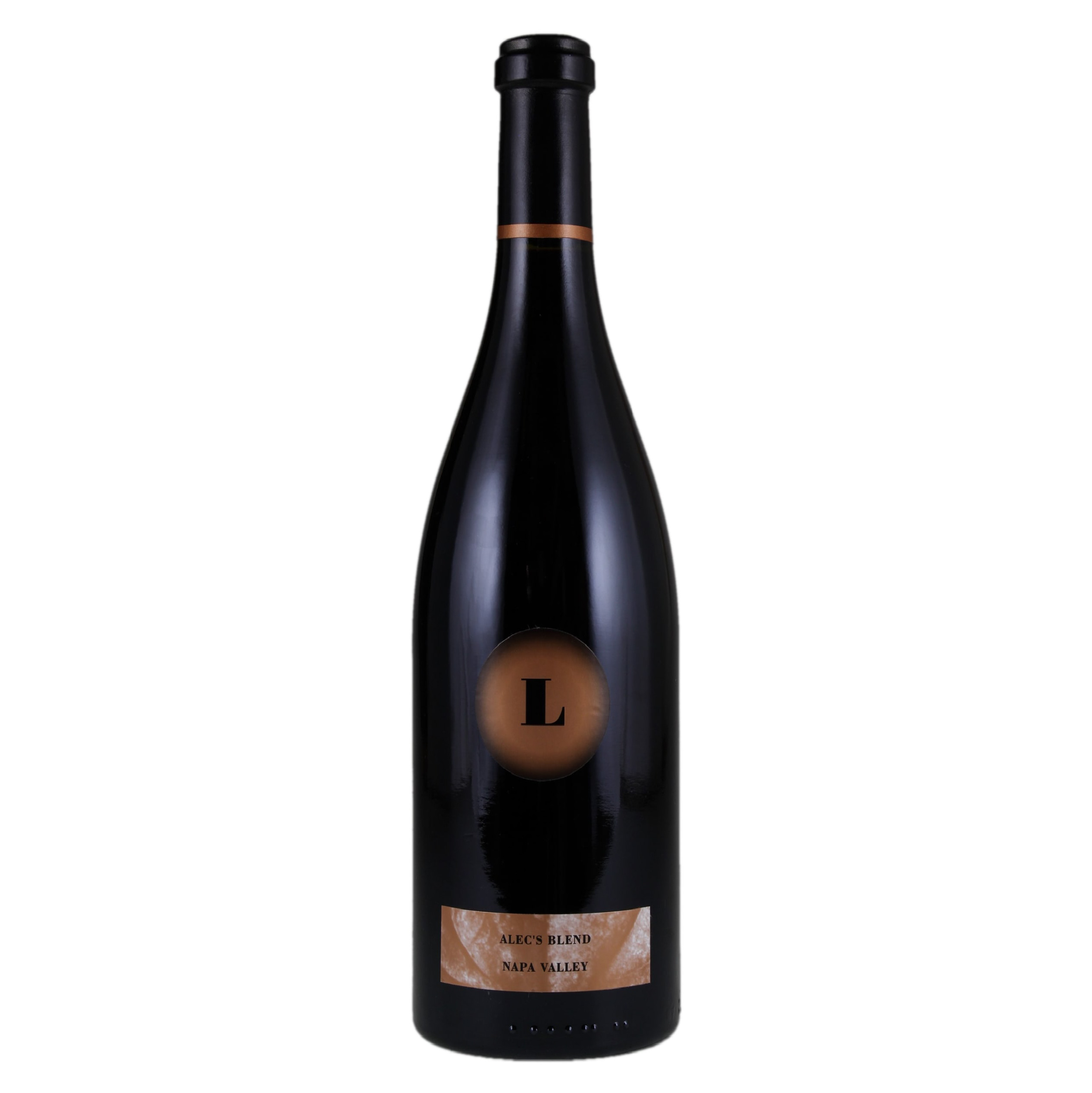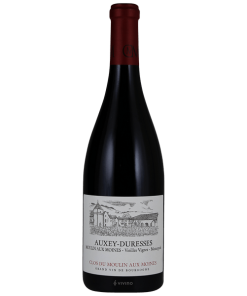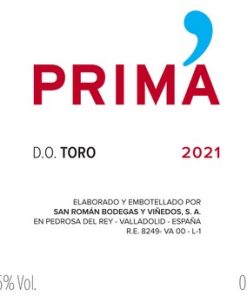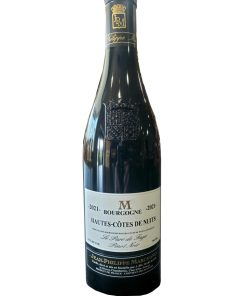-
×
 2020 Gini Soave Classico La Frosca
1 × $35.00
2020 Gini Soave Classico La Frosca
1 × $35.00
2017 The Prisoner Wine Company Derange
$86.99
Out of stock
SKU: 2816235
Categories: 2017, 750ML, Napa Valley, Red Blend
2017 The Prisoner Wine Company Derange
This red blend is full of dark fruit aromas with baking spice, vanilla, and mocha. The mouthfeel is full and rich on the entry. The soft, fine tannins and balanced acidity lead to a full, lengthy finish.
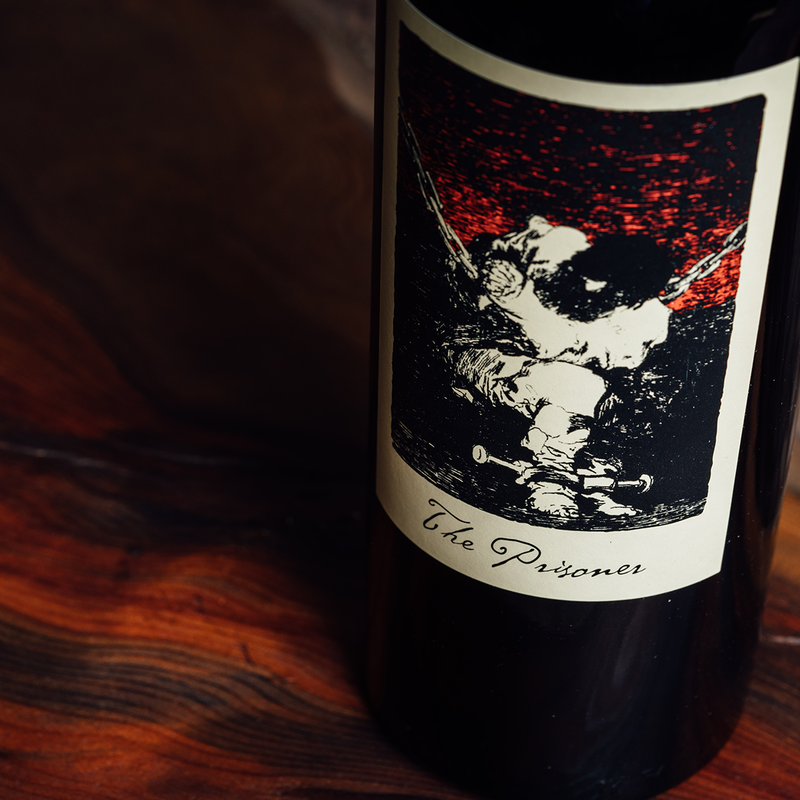
The Prisoner Wine Company’s eponymous first wine was inspired by the drinkable “mixed blacks” made by the Italian immigrants who originally settled in Napa Valley. Since launch, The Prisoner soon became recognized as one of the most innovative Napa Valley wines, leading the resurgence of California red blends and earning “cult wine” status. Now complemented by a white blend (Blindfold), Chardonnay (The Snitch), Cabernet Sauvignon (Cuttings), Zinfandel (Saldo), Merlot (Thorn) and a Red Blend (Dérangé), The Prisoner Wine Company’s winemaking philosophy remains the same: To collaborate with a family of growers throughout California’s best winegrowing regions to craft wines of exceptional quality and unexpected character.
The Prisoner Wine Company acquires grapes from more than 100 vineyards throughout California’s premier grape-growing regions, partnering with phenomenal growers who are dedicated to cultivating unique varieties. Chrissy Wittmann and her team of winemakers collaborate with this family of growers, visiting each vineyard site throughout the year to carefully assess the style and quality of every lot to make the best possible wine from each vintage.
2017 The Prisoner Wine Company Derange
Napa Valley: Undoubtedly proving its merit over and over, Napa Valley is a now a leading force in the world of prestigious red wine regions. Though Cabernet Sauvignon dominates Napa Valley, other red varieties certainly thrive here. Important but often overlooked include Merlot and other Bordeaux varieties well-regarded on their own as well as for their blending capacities. Very old vine Zinfandel represents an important historical stronghold for the region and Pinot noir is produced in the cooler southern parts, close to the San Pablo Bay.
Perfectly situated running north to south, the valley acts as a corridor, pulling cool, moist air up from the San Pablo Bay in the evenings during the hot days of the growing season, which leads to even and slow grape ripening. Furthermore the valley claims over 100 soil variations including layers of volcanic, gravel, sand and silt—a combination excellent for world-class red wine production.
Related products
Deal
Wines!
Wines!
Very Limited Has It All Without The Price Tag
Deal
Wines!
Wines!
Red Blend
93 Points Vinous SAVE 27%
Deal
Wines!
Wines!
Insider Red Burgundy Smart Buy. Perfect For Thanksgiving.
